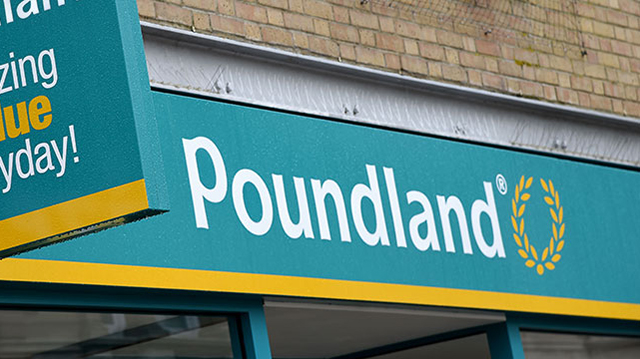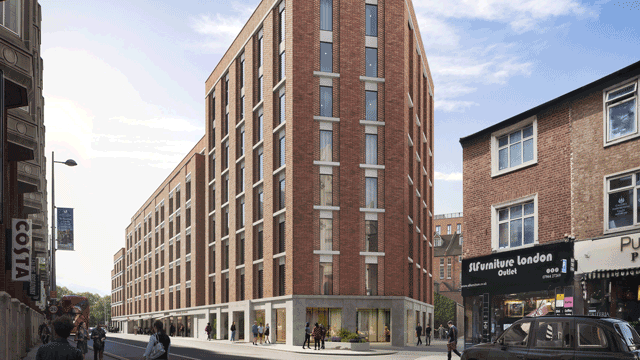Central Europe now displays the same property characteristics as the west — low yields, high prices and a shortage of investments – while eastern markets are converging fast
Central and eastern Europe has undergone massive political and economic change over the past 10 years. Property markets have reflected this and are changing rapidly, being completely different now to how they were as recently as 24 months ago. Prime office investment yields in central Europe’s big three – Warsaw, Budapest and Prague – have almost converged with those in main western European capitals.
This month, a record-breaking 5.49% office yield was achieved on the €25m sale of Warsaw’s Renaissance building to Spanish investors. As in western Europe, an ever-widening circle of international buyers are scrambling for a limited amount of property and the property fundamentals don’t match the high prices being clinched by vendors. The spectre of oversupply is present in all the main markets and short-term rental growth is unlikely.
Meanwhile, some developers, investors and opportunity players that bought in central and eastern Europe in the mid 1990s have reaped rich rewards by selling assets to meet demand from the new institutional core buyers. Regional cities are also proving a draw for western investors, with regional shopping centres being highly prized.
The smaller markets of Slovakia, Slovenia, Romania, Bulgaria and Croatia are experiencing rapid yield convergence with central Europe’s big three capitals, while investors are putting the Slovakian capital of Bratislava on a par with them. And Slovenian property looks set to become equally as attractive when the country joins the eurozone, possibly as soon as next year.
Austrian players are already active in the market. For instance, last month Meinl European Land set up a joint venture with Channel Islands-based developer Acteeum Group to develop retail property in Romania and Bulgaria.
Employment growth in service sector
Business information provider Experian expects strong employment growth in Bucharest, Warsaw, Budapest and Sofia in the next five years, with most job growth in the service sector. In Prague, growth is expected to average only 0.4% a year over the next half decade, but this would still be an improvement on the past five years.
Accession to the EU has boosted the economies of the 10 countries that joined in 2004. Bulgaria and Romania are scheduled to join within 18 months, while Croatia, Macedonia and Turkey are firm candidates. Others tagged as potential joiners include Albania, Bosnia and Herzegovenia, Serbia and Montenegro. As these markets open up they will profit from their more advanced neighbours’ economic experience and expertise and their property markets will offer excellent opportunities for global investors.










